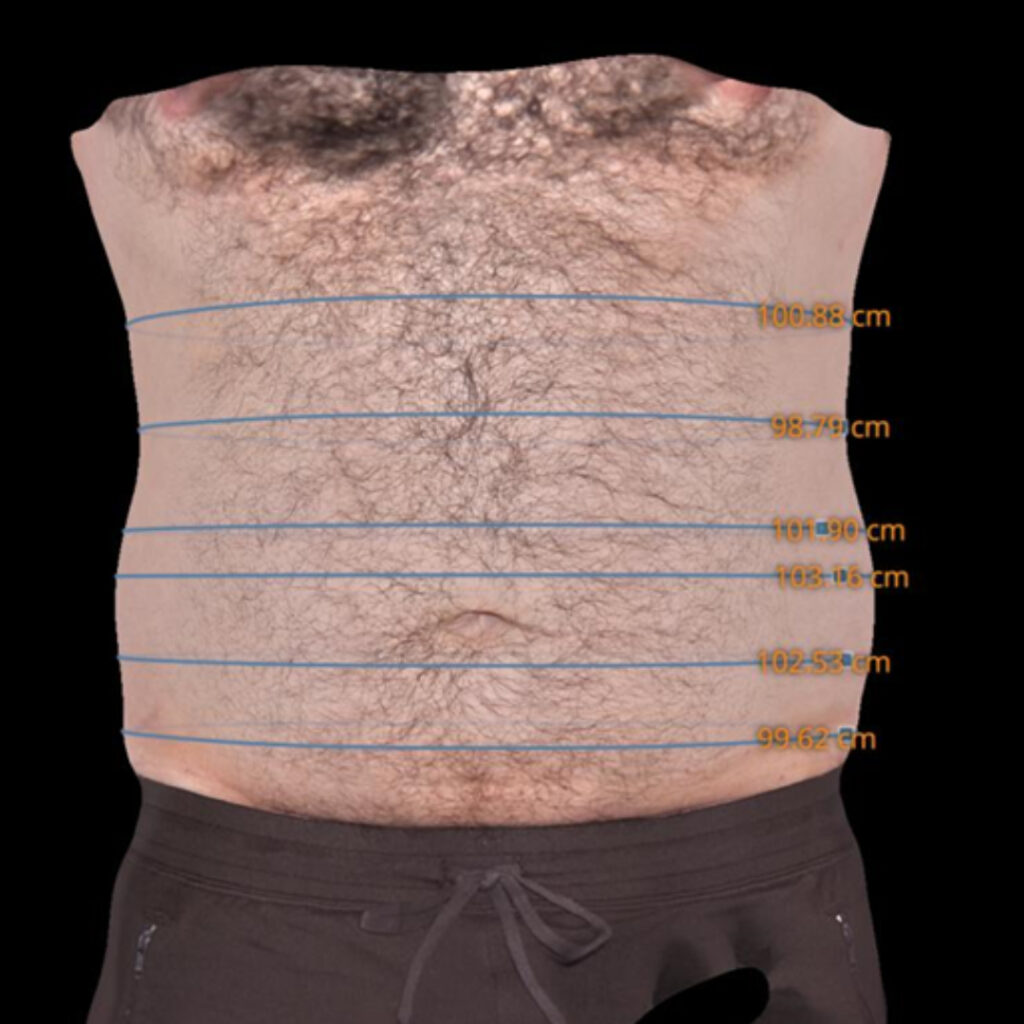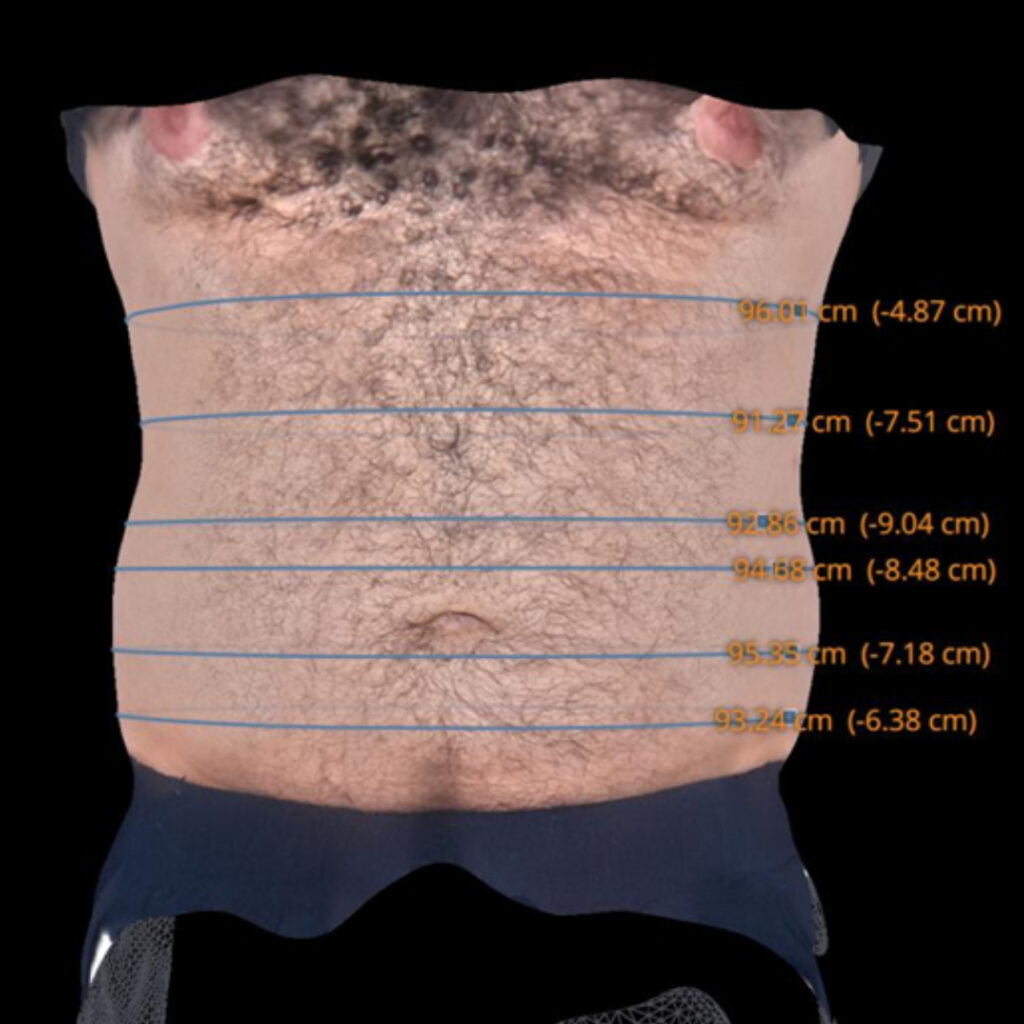Discover the power of GLP-1 drugs in transforming your health.

Discover how GLP-1 drugs can help improve your health. These medications copy the natural hormone GLP-1. They help control blood sugar, reduce hunger, and support weight loss.
At first, doctors used GLP-1 drugs to treat type 2 diabetes. Now, some—like Wegovy—are approved for weight loss.
When you combine these medications with a healthy diet and regular exercise, the results can be even better. Talk to your doctor to see if GLP-1 drugs are a good fit for your health plan.
These medications work by lowering appetite and slowing digestion. This helps you feel full for a longer time.
These effects lead to weight loss, which helps manage type 2 diabetes. Doctors have used GLP-1 drugs to treat diabetes for about 20 years.
GLP-1 medications also reduce “food noise,” making it easier to focus on other things instead of constant cravings.
Being overweight is a complex issue that often needs more than one solution. Treatment usually includes healthy eating, regular exercise, medication, and behavior changes.
Doctors define overweight as a BMI between 25 and 29.9. Obesity is a BMI of 30 or higher.
After a full evaluation, a healthcare provider may prescribe semaglutide or tirzepatide for weight loss.
People who qualify for GLP-1 injections can give themselves the shot once a week.
Weight loss results vary. Most people lose about 5% of their starting weight. Some may lose up to 10% in 12 weeks. For someone who weighs 300 pounds, that could mean losing 20 to 30 pounds.
However, results depend on the person. Those who do best usually follow a healthy diet and make long-term lifestyle changes.
Once you reach your goal weight, your doctor may suggest a maintenance dose or switch you to oral medication.
Semaglutide is a GLP-1 receptor agonist that helps reduce appetite. This leads to eating less and losing weight. It is sold under brand names like Ozempic and is popular for treating type 2 diabetes and managing weight.
Tirzepatide may lead to more weight loss than semaglutide, based on some studies. However, semaglutide has been used longer, so doctors know more about its long-term effects. Also, compounded semaglutide usually costs less than compounded tirzepatide.
Possible side effects of semaglutide include:
•Nausea
•Vomiting
•Diarrhea
•Acid reflux
•Belching
•Thyroid tumors or cancer
•Kidney issues
•Allergic reactions
•Vision problems
•Pancreatic issues
•Low blood sugar levels
Tirzepatide is a medication that works on two hormone receptors: GIP and GLP-1. It helps control blood sugar and supports weight loss. This makes it useful for people with type 2 diabetes.
Tirzepatide works by lowering blood sugar and slowing how fast the stomach empties. This helps users feel full longer. A well-known brand of tirzepatide is Mounjaro.
Studies show that tirzepatide often leads to more weight loss than semaglutide. However, semaglutide has been used longer, so we know more about its long-term effects.
Possible side effects of tirzepatide include:
•Nausea
•Vomiting
•Diarrhea
•Acid reflux
•Belching
•Thyroid tumors or cancer
•Kidney problems
•Allergic reactions
•Vision issues
•Pancreatic problems
•Low blood sugar levels
GLP-1 injectable drugs are generally safe. However, rare complications can happen.
One possible issue is pancreatitis, which causes belly pain. Another is gastroparesis, where food moves slowly or not at all through the stomach. Bowel obstruction may also occur, blocking food from passing through the intestines. Less common but more serious side effects include gallstone attacks and bile duct blockage.
Most side effects are not serious. Still, you should get medical help right away if you have:
•Severe vomiting or diarrhea
•Strong belly pain or tenderness
•Trouble passing gas or having a bowel movement
•Yellowing of the skin (jaundice)
Also, tell your provider if you have surgery or a procedure with general anesthesia while taking a GLP-1 drug.
Since these drugs slow digestion, you may need to stop them a few days before surgery to keep your stomach empty.
The average monthly cost of acquiring Semaglutide and Tirzepatide (a compounded GLP-1) injectable ranges from $250 to $500, depending on the dosage and specific medication, with Tirzepatide being more costly than Semaglutide.






